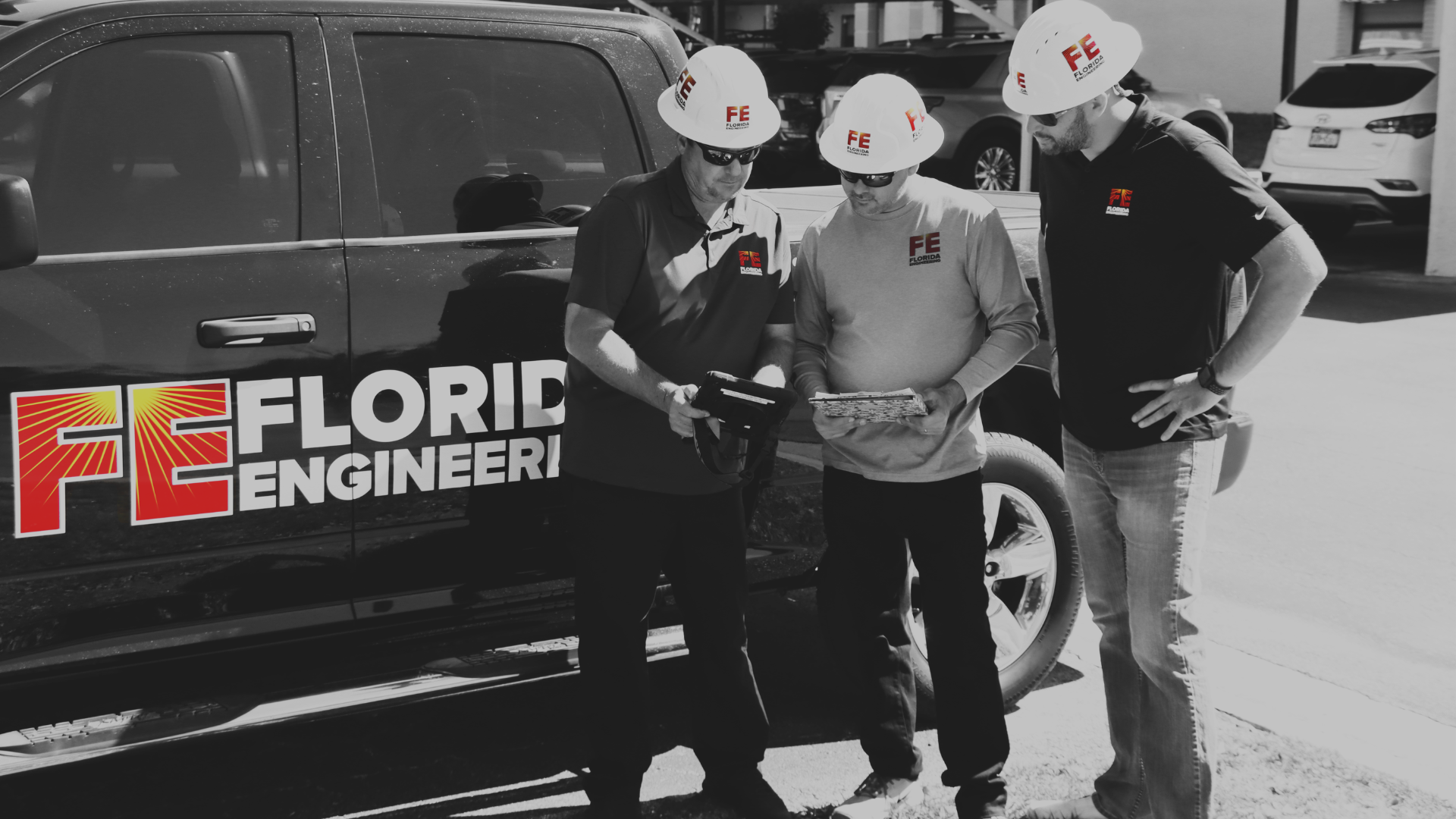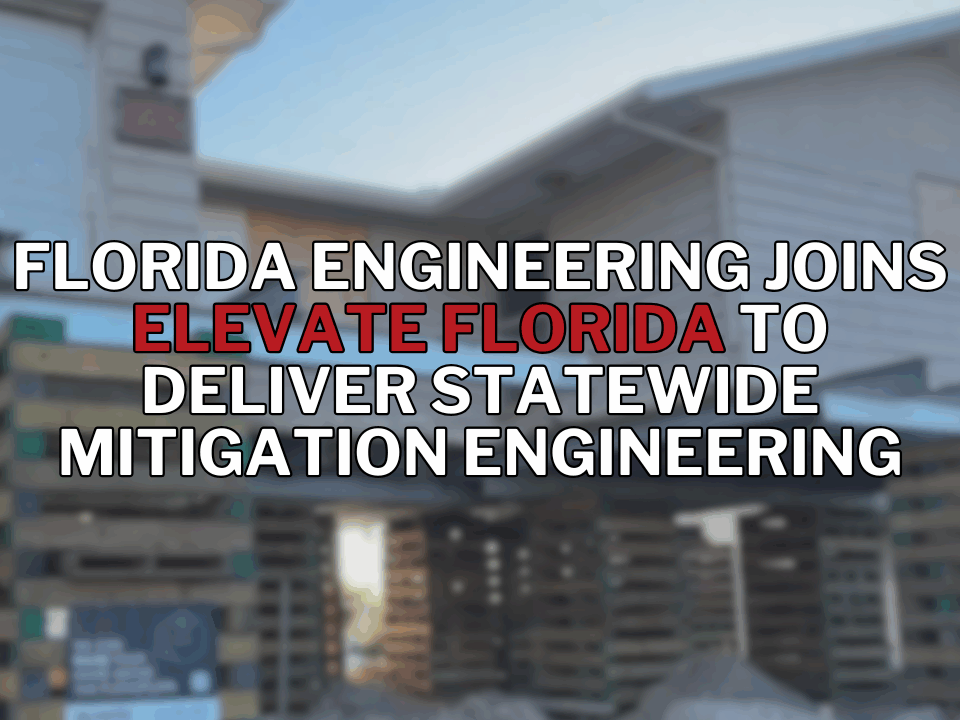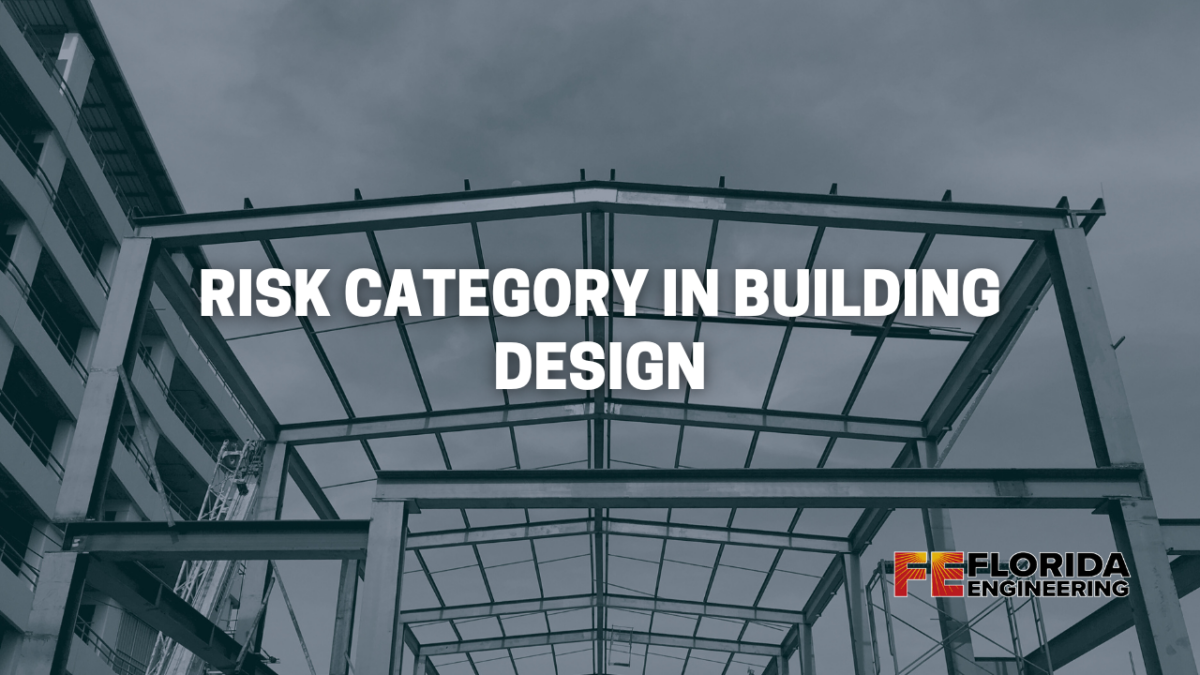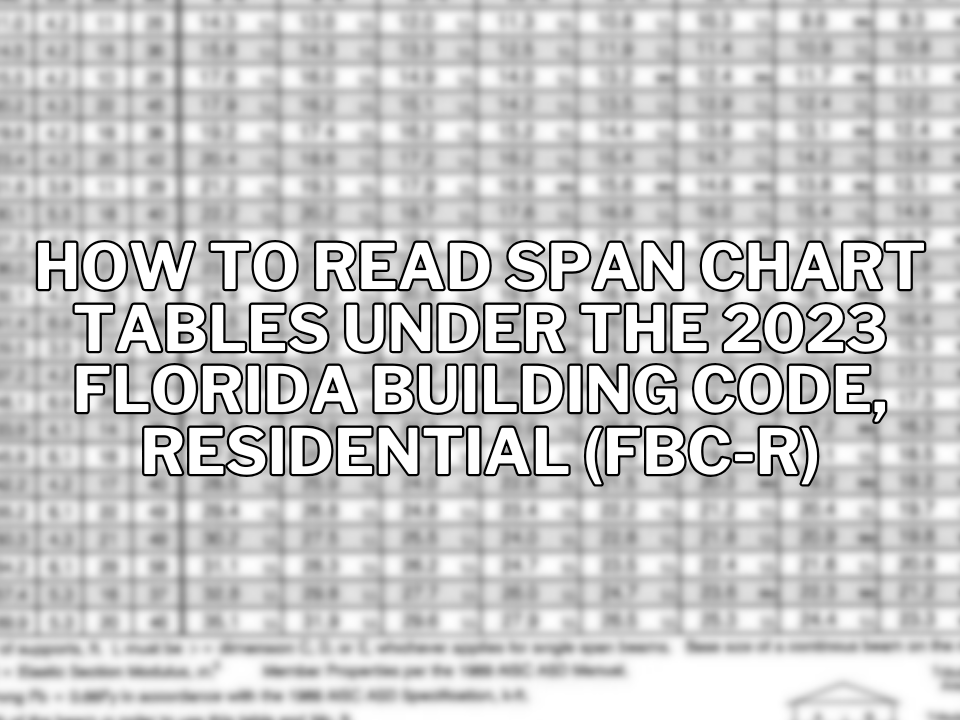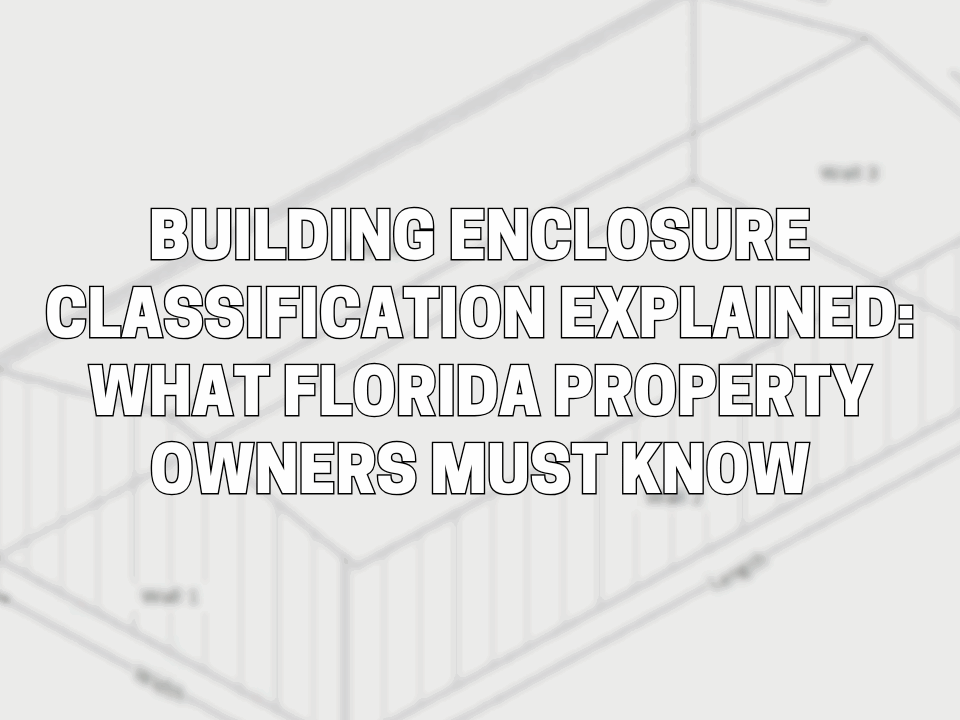What is Risk Category?
Per ASCE 7-22, Sec 1.5.1, Risk Category of a structure is the measure of the “risk to human life, health, and welfare associated with its damage or failure by nature of its occupancy or use…”
Risk Category I includes:
Structures that would result in negligible risk to the public should they fail.
Examples: Barns, storage shelters, gatehouses, and similar small structures.
Risk Category I structures can be thought of as “low-risk structures”.
Risk Category III includes:
- Structures that accommodate a large number of people in one place.
Example: Theaters, lecture halls, and similar assembly structures.
- Buildings with limited occupant mobility that require a special evacuation and life safety plan in the event of failure.
Example: Elementary schools, prisons, and small health-care facilities.
- Structures associated with utilities required to protect the health and safety of a community.
Example: Power-generating stations, water-treatment and sewage-treatment plants.
- Structures housing hazardous substances (explosives or toxins) which if released in quantity could endanger the surrounding community.
Example: Petrochemical process facilities containing large quantities of hydrogen sulfide or ammonia.
Risk Category III structures can be thought of as “high occupancy structures” or “large impact structures”.
Risk Category IV includes:
- Structures providing essential community services.
Example: Hospitals, police stations, fire stations, emergency communication centers, and buildings with similar uses.
- Ancillary structures required for the operation of Risk Category IV facilities during an emergency.
Risk Category IV structures can be thought of as “essential facilities”.
Risk Category II includes:
- Most residential, commercial, and industrial buildings.
- All building and structures not specifically classified into other Risk Categories
Risk Category II structures can be thought of as “moderate-risk structures”.
Figure C1.5-1 from ASCE 7-22 may also be used to determine the Risk Category of a structure.

Approximate relationship between number of lives placed at risk by a failure and risk category.
Why is it important to consider Risk Category in building design?
Simply stated, Risk Category dictates the standard of design. The design loads on a structure depend on its Risk Category.
For example, consider the following location: 4161 Tamiami Trail, Port Charlotte, FL 33952
A simple storage shed (Risk Category I) being constructed at this location would need to be designed for a wind speed of 139 mph.
A single-family residence (Risk Category II) being constructed at this location would need to be designed for a wind speed of 150 mph.
An elementary school (Risk Category III) being constructed at this location would need to be designed for a wind speed of 161 mph.
A fire station (Risk Category IV) being constructed at this location would need to be designed for a wind speed of 168 mph.
(Source: https://ascehazardtool.org/)
This variation is because of the simple fact that the consequence of failure of a high-risk structure is higher, and hence it must be designed with a view of minimizing the risk to human life as much as possible.
How can Risk Category be determined?
Risk Category can be determined using the simple criteria mentioned in the answer to question 1. These criteria are borrowed from ASCE 7-22.
Table 1604.5 of the 2024 International Building Code provides a much better-detailed categorization of various structures, based on their occupancy/designated use.
At Florida Engineering LLC, our team of highly qualified engineers can help you establish the Risk Category of your structure, to ensure its longevity and safety for human life, as well as code-compliant and economical design. Please contact orders@fleng.com for a quote.

